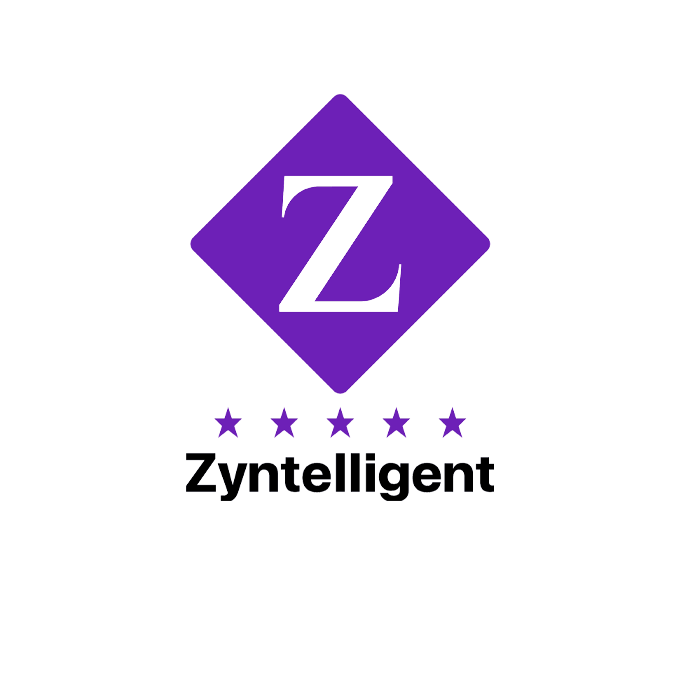

Sitting at the heart of all above systems is the multiagent technique. An agent is basically a software system, which is equipped with intelligence to some extent and is assigned to do a particular task. A very common agent system is the one we use in Internet protocol—these agents quietly do their jobs of transferring files and monitoring what is going on in the Internet.
As software systems becoming more and more complex, composing of many independent entities, the traditional centralized or distributed system concepts do not seem to handle this new level of complexity. With multiagent system concepts, each independent entity is modelled as an agent. Then they interact among themselves in the system. The interaction can be competitive, coordinative and cooperative. The underpinning theoretical concepts of these interactions stem from the famous game theory.
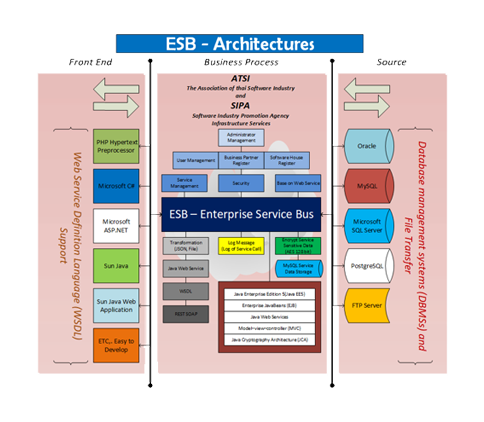
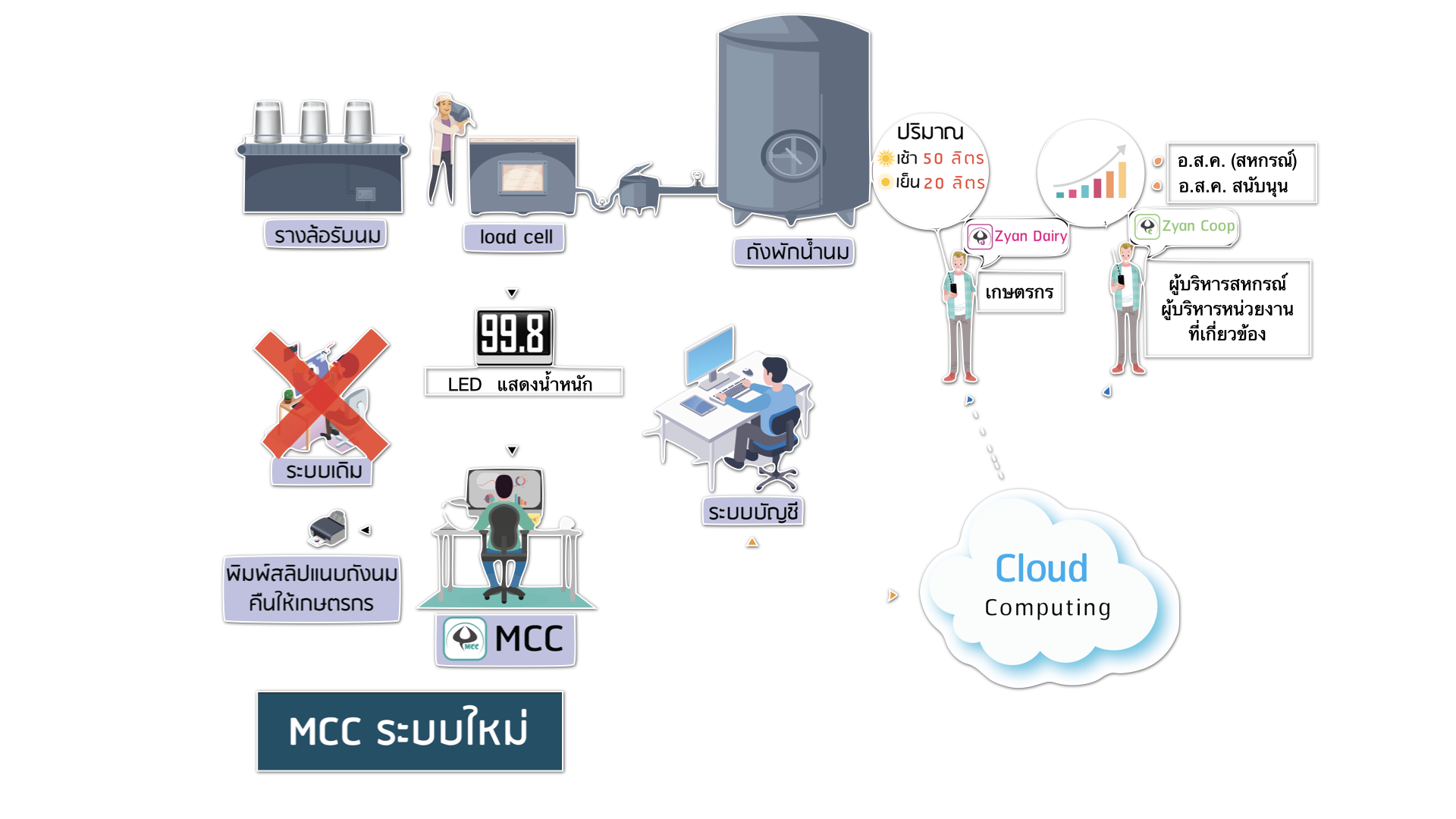
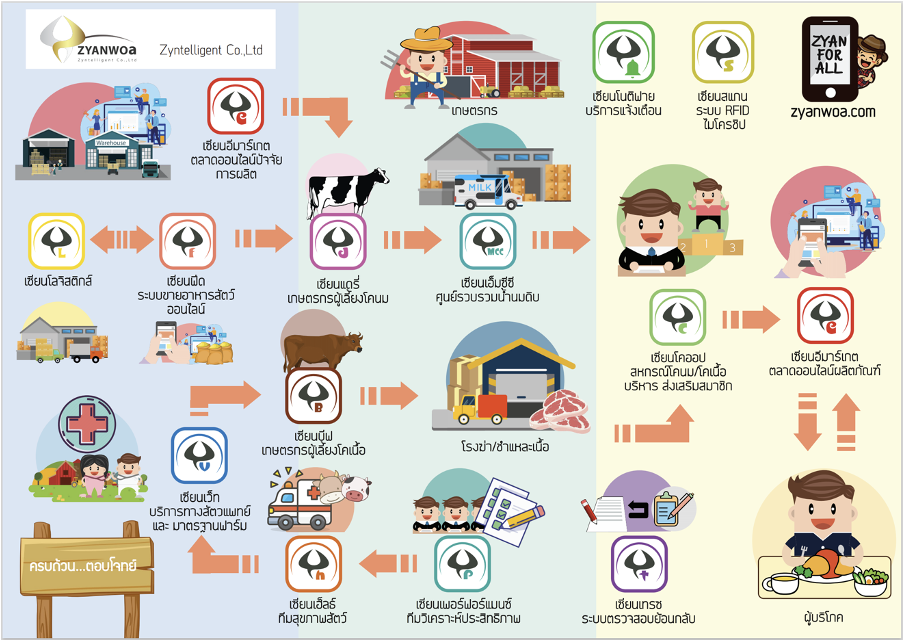
Retailing fashion product is a fast-paced business. Products must be sold within a season, typically lasts for around 6 months. Beyond that point, it is very difficult to sell them even with considerable discounts because the fashion of that season is no longer popular. Unfortunately, the unsold products must be kept safely. It is required by laws that the only way to get rid of goods, once kept in stored, is to sell them. The very simple reason for this is to prevent business from accounting frauds. In addition to not being able to sell them, the incurring cost is to keep them and it is accumulated to be a major blow for the business as time goes by.
A common-sensed way for the business to tackle this issue is to try their best to minimize the number of remaining goods. However, doing so is not as simple and straight forward as setting up the discounts, because they have to take into account various aspects that can seriously affect the business. Discounting may ruin the loyalty of powerful customers who may be at risk to turn to other brands. Too steep discount rates may result in losing the value in the products and considerable amount to revenue. Too slow discount rates, on the other hand, may result in the same old problem, not being able to sell the goods.
With our solid background in AI research as well as in game theory, we propose a business intelligence system, which enables the business management to foresee extensive what-if scenarios. The system can envision the whole scope of all possible situations with real-time data on various platforms, desktops, lab tops, or mobile devices, at any point in time. The system also allows for the users to set up appropriate thresholds to prevent them from being overwhelmed by the information. The management can then carefully explore the situations and their consequences before making decision.
While typical application software normally deals with routine tasks in organizations, more challenging, unforeseen and rather crucial problems, whose consequences may decisively lead to success or failure of the firm, require more advanced technologies to handle them. The systems of this kind are known as decision support systems.
An example of these systems can be seen in hard disk production lines, where a little bottle neck can be very costly. Among many steps in the lines, each of the devices has to be processed three times by the same machine. Unfortunately, there are about 10 to 15 processes lying between each of these machines. The time required for these intervening processes vary randomly. Moreover, the time required for each machine to process each of the devices each time also varies. Since there is nothing to keep track of how many of the devices will come back to each machine, brand new devices are blindly distributed to the production lines. As a result of these behaviors, the length of the queue at each of the machine varies over times. In other words, these become the bottle neck of the system and it is very costly.
Tackling problems like this one requires more sophisticated techniques than just typical linear programming or queueing algorithms. With solid background in AI research, whose original challenges lied in solving complex systems, we offer state of the art algorithms as the engine for tackling this kind of problems. In addition to keeping track of what have been processed at each machine, the system uses sophisticated algorithm to predict how long it will take to process the returning devices for each machine and also suggest how the brand new devices should be distributed into the lines.
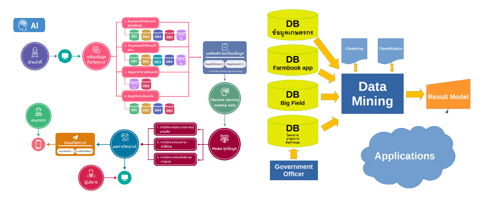
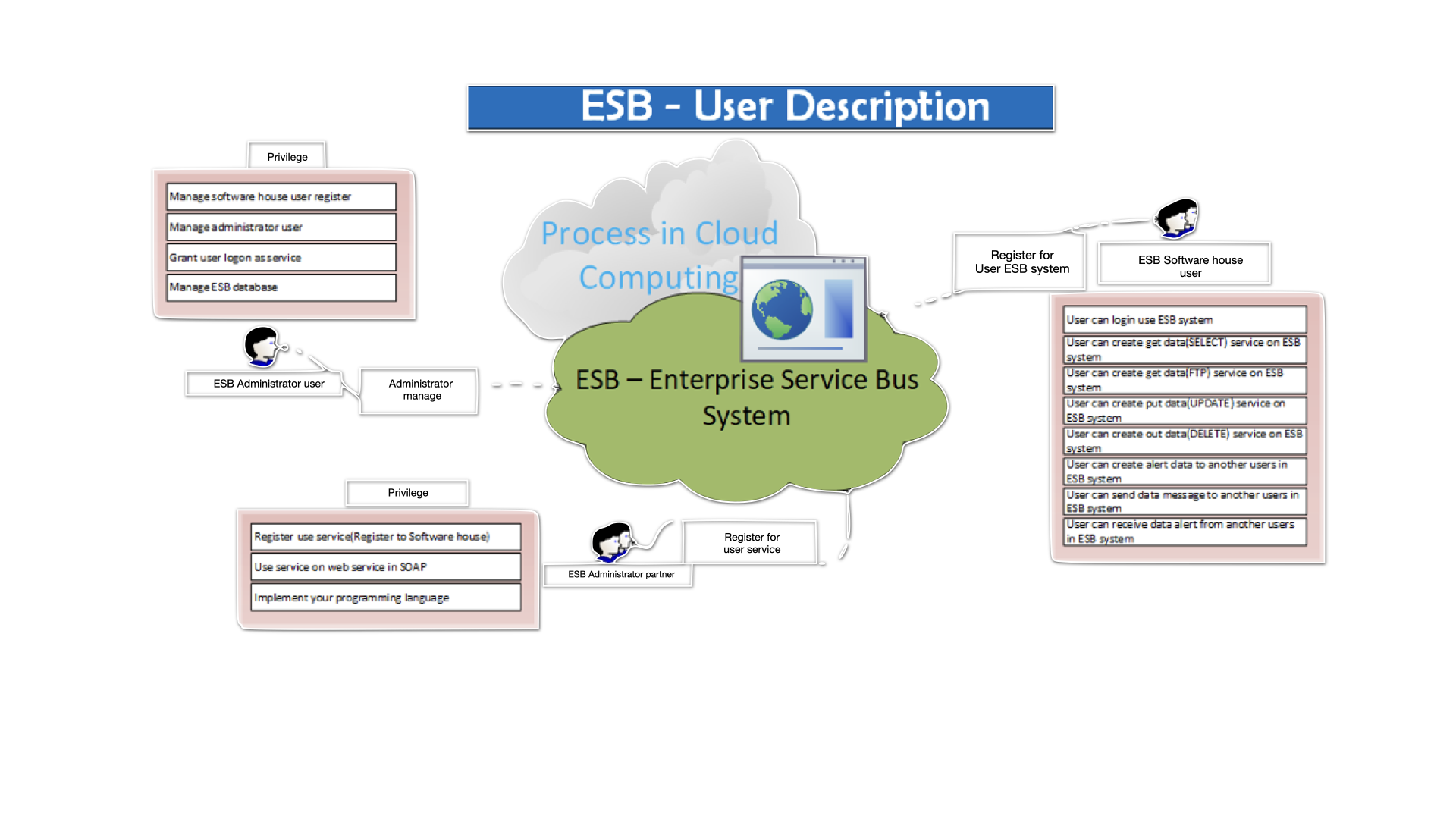
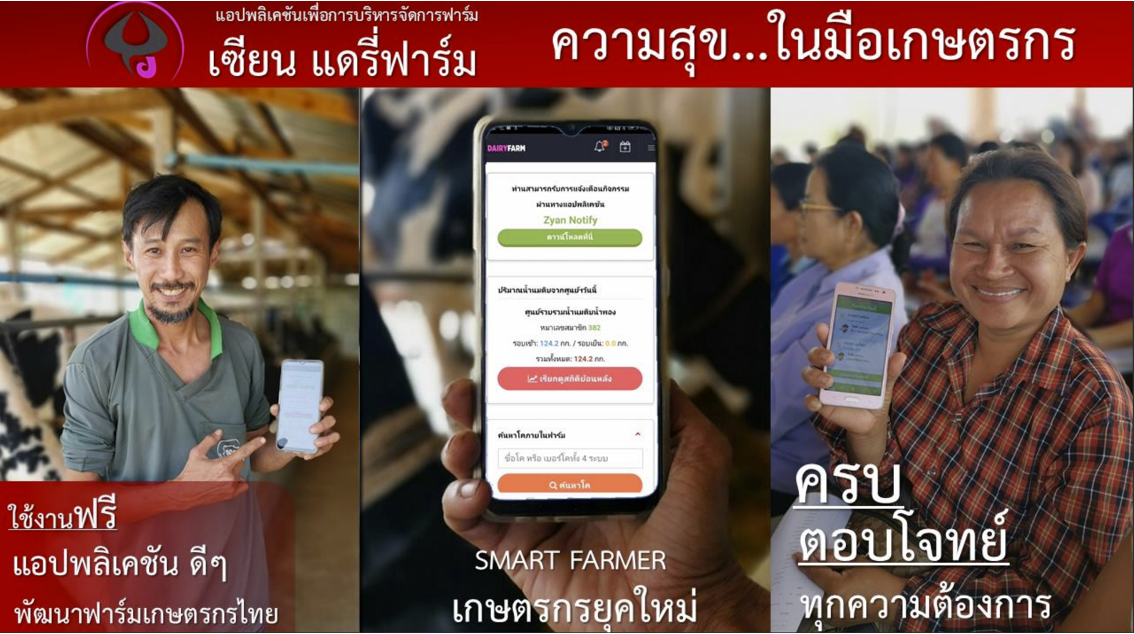
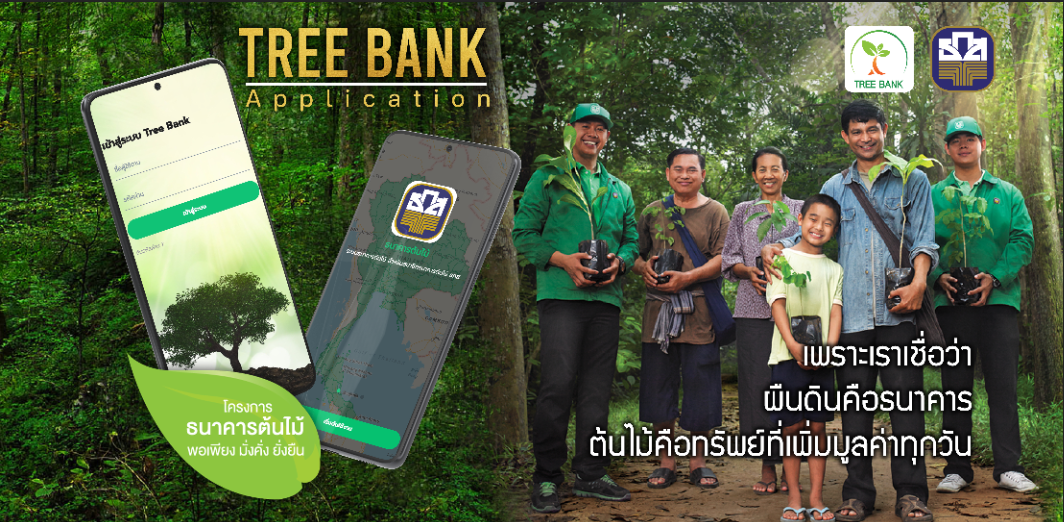
Application software is actually our strength. We have done a lot of work in this area for more than two decades. In terms of hardware, we gain wide range of experience, from the old days of clumsy mainframes, Unix work-stations, PC-based applications, Web-based applications, and down to the modern mobile applications. In term of software, we have been using various software technologies, ranging from the legacy COBOL, C, C++, Java, JSP, ASP, .Net, etc.
With regards to application areas, we can do mostly anything our customers require—any type: ERP, CRM, Supply Chains, Logistics, etc., or any size. We can develop these systems from scratches or based on existing open source platforms, such as Adempiere and vTiger. Adempiere is Java-based open-source platform for developing ERP, Supply Chains and Logistics. vTiger is PhP-based open-source platform for developing CRM.
Sitting at the heart of developing these systems is to strictly follow best practice in software engineering. During the design phase, we ensure that the customers can see transparently what the system will do before the actual development will take place. In addition, we put a lot of effort in documenting. While being seen as the most tedious part of developing software, we pay attention in details for documenting because we know what it means to our valued customers.
Typically, simulation is used to study very complex systems and can also be used to train personnel in systems in which training under real environment can be dangerous and costly. A well-known example of simulation systems is the flight simulator, which allows pilots to practice anytime as much as they like to gain more and more experience and ensure the risk of unsafe flights is minimal.
In defense industry, we conduct simulations at both local and global scales. In local scale, individual entities, a soldier, a vehicle, a tank, etc. is modeled as an agent. Each agent is given a goal, which can be as simple as moving to a specific location. At global scale, agents coordinate and cooperate to jointly accomplish the given mission. In general, an agent generates a plan to achieve its goal, senses its environment while conducting the plan, and revise its plan if needed until the goal is achieved.
In addition to the simulation engine, the most convincing part of any simulation system is the visualization, which allows trainers and trainees to observe the on-going actions as well as discuss in details during the debriefing session. At local scale, we use VBS3 (Visual Battle Space) as the simulation engine and visualization tool. It is a world-class defense simulation tool, widely used by NATO forces and their allies, including Australia and Thailand. At global scale, we use AIG simulation tools which allow for wider range of simulation and visualization.
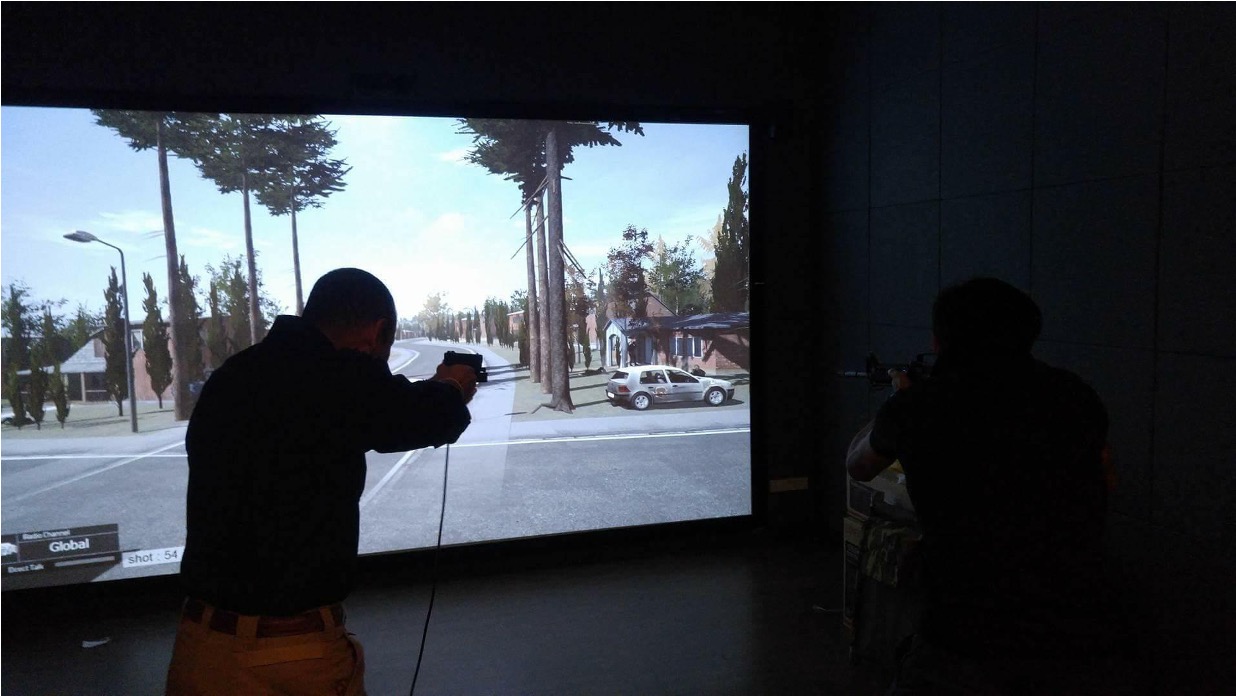
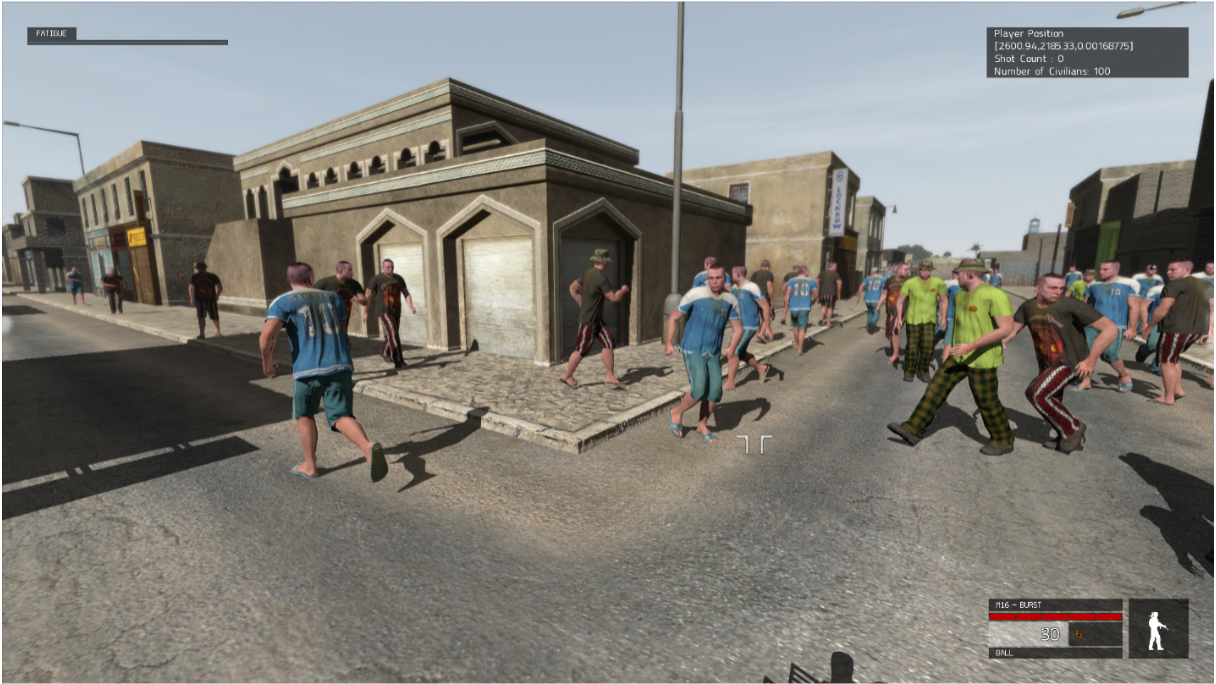
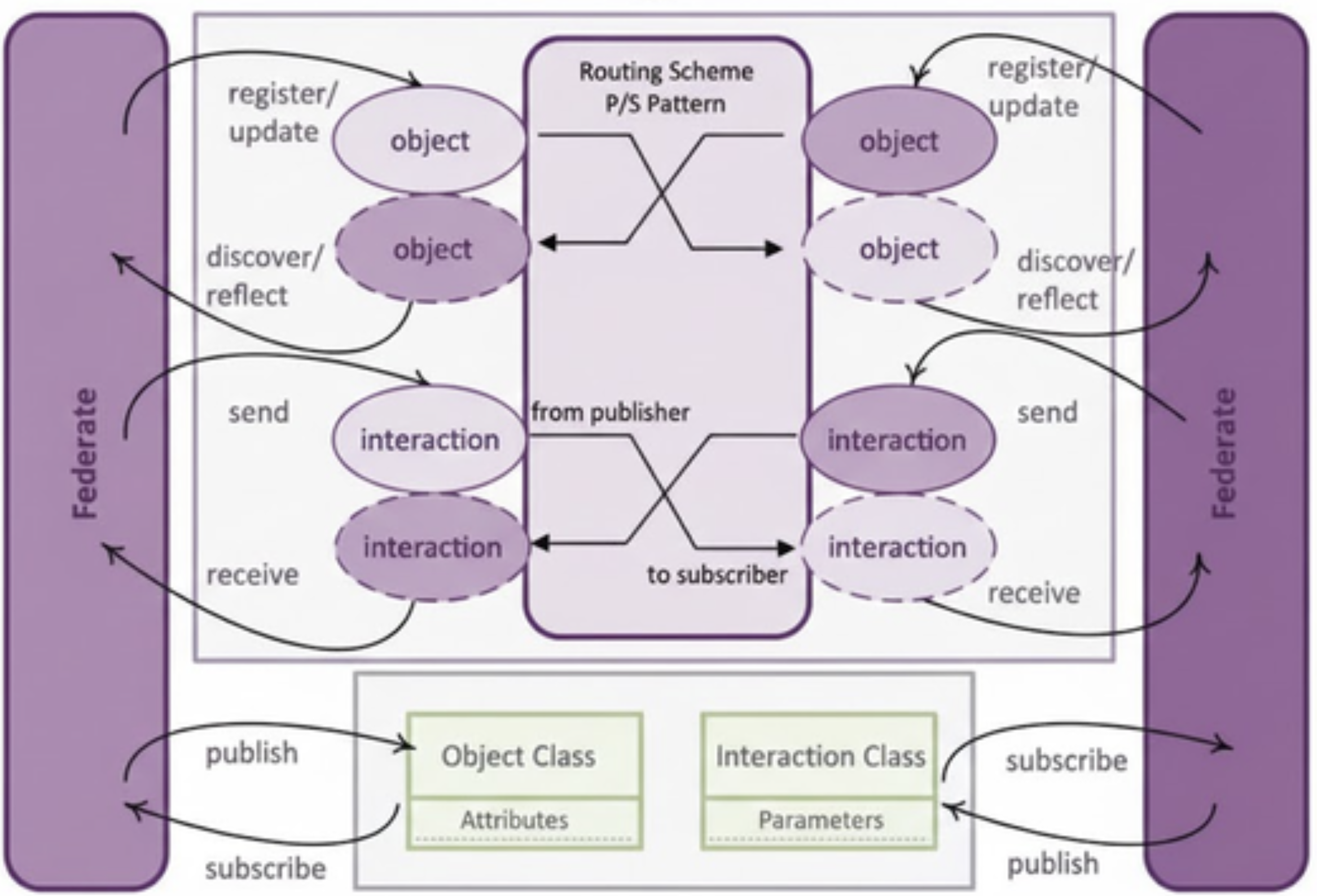
We develop and integrate High Level Architecture (HLA)–based solutions specifically tailored for military simulation and defense-related training systems. Our expertise covers the design of distributed simulation architectures, RTI integration, Federation and Federate development, FOM modeling, time management, and reliable data exchange to ensure interoperability across complex system-of-systems environments. In addition to custom engineering services, we provide a ready-to-use HLA Runtime Infrastructure solution, ZyntRTI, designed for operational deployment, testing, and rapid integration. ZyntRTI enables simulation developers and system integrators to accelerate development cycles while maintaining compliance with HLA standards (IEEE Std 1516™-2010).
Unmanned aerial vehicles (UAV) can be used for surveillance missions by means of video tracking, the process of estimating over time the location of one or more objects using information about objects of interest in the form of sets of image pixels. By modelling the relationship between the appearance of the target and its corresponding pixel values, a video tracker estimates the location of the object. The main challenges that have to be taken into account when designing and operating a tracker are related to the similarity of appearance between the target and other objects in the scene, and to appearance variations of the target itself.
Typical tracking can be done in three levels: i) low-level features including colors, photometric color invariants, gradient and derivatives, etc., ii) mid-level features including edges, interest points and regions, clustering, etc., iii) high-level features including background subtraction, object models, etc. These techniques have their own strength--they perform well in particular settings and environments.
Our work advances these typical techniques by applying agent technology to craft out the best results from these individual techniques. We use agents to learn for the best settings for different environments. While most researchers find the best settings manually, our agent-based system helps save a lot of time, cost, and man power because it can work 24x7. The agents then apply machine learning techniques to find out what is the best combination of these techniques in order to achieve desired results for a given surveillance mission.
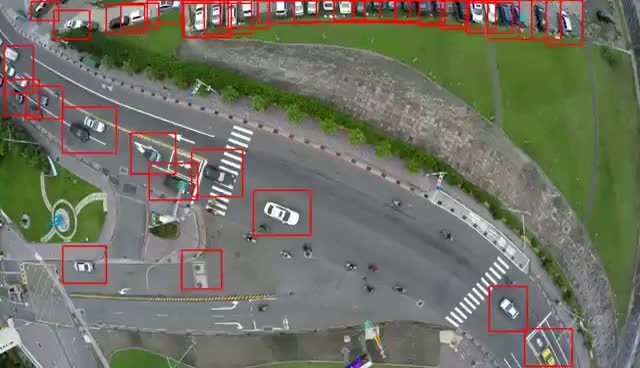
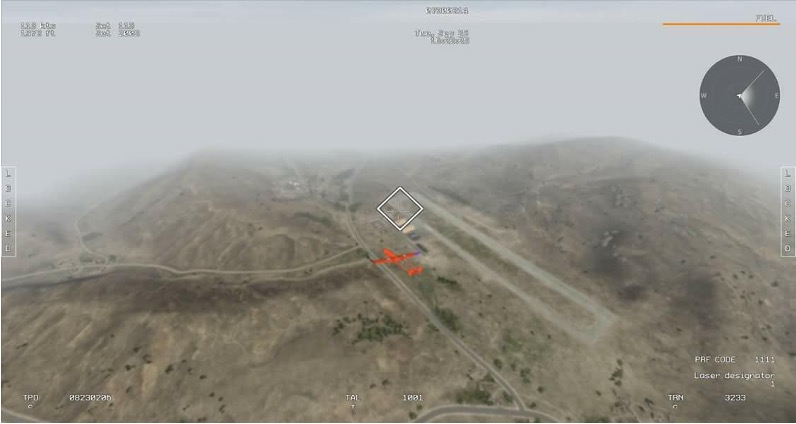
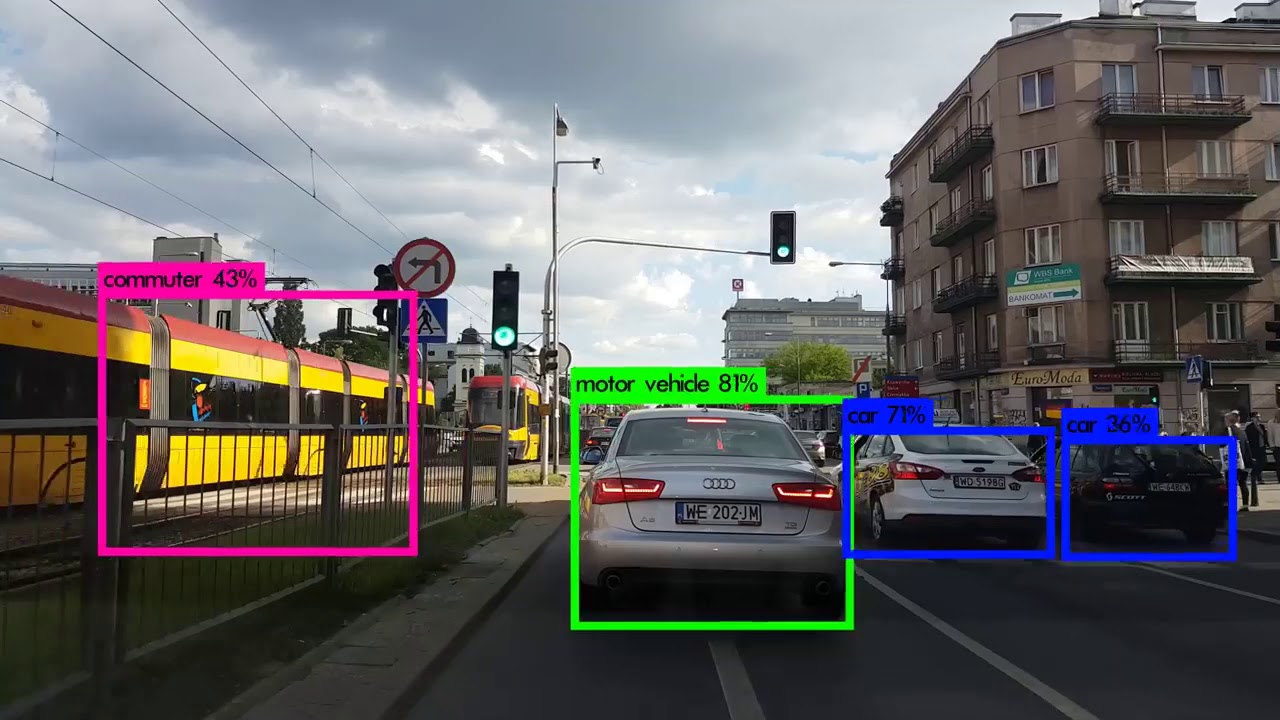
Based on our work in video tracking with tradition techniques, we also advance further on applying object detection techniques to help tracking objects in tough conditions, where the directions of both UAV and targeted objects are unpredictable, the height of the UAV and the size of targets are unstable, the quality of the images are very low, etc. In such environments, typical techniques often fail to track accurately.
Object detection allows for more accurate tracking because it can recognize targeted objects regardless of changes in size of the objects, or low quality images. Basically, the system needs to be trained by a set of example object and maintains the knowledge about the appearance of these objects in a concise knowledge base.
However, learning for the best settings for different environments remains the bottle neck for the system. We also deploy agent techniques to overcome this problem. Then we couple this object detection-based tracking with the existing surveillance system.
We are a young but ambitious software development company, who aims at delivering the best values to our customers through cutting edge technologies and service-minded workforce, starting from first contact through design, development and deployment of the systems. With the background of the founder, who is an AI (Artificial Intelligence) researcher and have been working in IT industry and academic research both in Thailand and at international level for nearly 25 years, we know exactly how advances in technologies and well engineering can help succeed in design and development of software systems. Finishing projects is not our only sole target--we also want to finish them in the best possible ways.
Since founded in 2011, we have been growing steadily and have been working on research-oriented projects in defense industry, including object detection, video tracking, simulation and mutliagent systems. These works require intensive research in AI to gain enough knowledge on state of the art technologies before we can advance them and deliver the high-valued products to our customers. Having stood firmly on these areas, we now expand our reach to customers in the civilian industry, which we actually have experience for nearly 25 years with them. The areas of products and services include typical application software, decision support systems and business intelligence. At first sight, these areas need more engineering effort. However, as the applications get more complex, such as in decision support systems and business intelligence, advances in AI research can also be applied to tackle them and increase value to our customers.
Being like a diamond - Diamonds are one of the most valuable substances on Earth—they normally symbolize the greatest, as used to decorate the crowns above other gems. They are physically small, but their value is always immense. We would like our products and services to be diamonds for our customers’ business—be solid as diamonds’ strength and be valuable to their success.
Being prosperous and sustainable We aim to proper and sustain in the years to come. Having spent a lot of time in research for best practices and advanced technologies, we love to deliver the best values to our customers and see their growth as our own. We believe that is the best way to have long-term partnership with our customers, which means our own prosperity and sustainability
Being internationally competitive While globalization has brought us tougher competition, we see this as an opportunity to grow with much wider reach to customers world-wide. Having equipped with advanced technologies and best practices in software engineering, we will hopefully be working at that level in the not too far future.
Service mind - We always try our best to answer customers’ problems, regardless of their complexity and hardness, as if they were our own. We also regard the success of our customers as our own. We will be happy only when our customers are. These are firmly embedded in our workforce’s mind.
Good engineering - The most commonly difficult thing in developing software is to ensure that the software really does what it is meant to do for the users. We follow best practices in software engineering to tackle this issue, starting from requirement, designing, development and down to deployment. We ensure customers’ satisfaction by carefully conducting detailed design of the system, which allows the users to see the prototypes as similar to the end products as possible. We tirelessly work closely with our customers to ensure they will receive what they really want.
Cutting edge technologies - As the world never stops evolving, newer and better technologies are always developed and deployed. These technologies help business succeed in several ways, including yielding better results for the same problems given the same time, or yielding the same result within less time, ultimately resulting in saving costs and increasing revenues. We will ensure these technologies will be applied appropriately to our customers’ systems.
Commitment - Before joining us, our workforce has been training hard on physiological and technological aspects for a few years to ensure they have the right mind set and are well equipped. For the former, they are trained to handle pressure and manage time wisely, to finish the job carefully and cleanly and never leave hidden problems behind.
Highly-skilled and well-educated For the latter, they have been trained to use advanced techniques and industry standard to do the job. Most of our workforce is doing or have finished masters in IT. They know how to make high-quality software and how to deliver it to our customers. They are trained to pay attention to every detail. Documenting, for example, is seen as the most tedious part, but we do it very carefully.